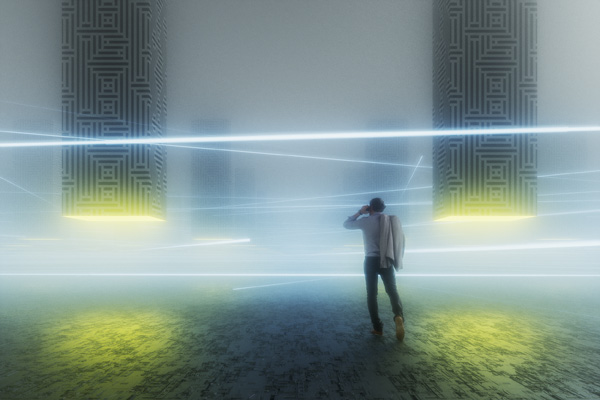Reality: A persistent illusion


"You've heard about the virtual news readers developed by China's official news agency. There is a male and a female. They are virtual characters but they can read the news and they have facial expression."
Facial expression is a big deal as technology works to develop virtual humans. Before people say what they are thinking-their feelings are telegraphed by their body language.
There's a debate about whether technology is capable of creating, self-aware, self-motivating, virtual humans. Professor Tomas Laurenzo of the City University of Hong Kong doesn't believe it's possible to create self-actualizing replicas of humanity, when we take into account the cultural and experiential qualities of human beings.
Virk argues that technology can build virtual characters able to pass the Turing Test. To pass the Turing Test, a computer or generated character would be able to answer questions so the querent wouldn't know if he was talking to a computer or a real person.
These character simulations have been around in computer games for decades and we see their evolution in voice assistants like Google's Siri or Amazon's Alexa.
Virk outlined for China Daily where he believes technology must go, before we create a simulation, indistinguishable from reality.




































